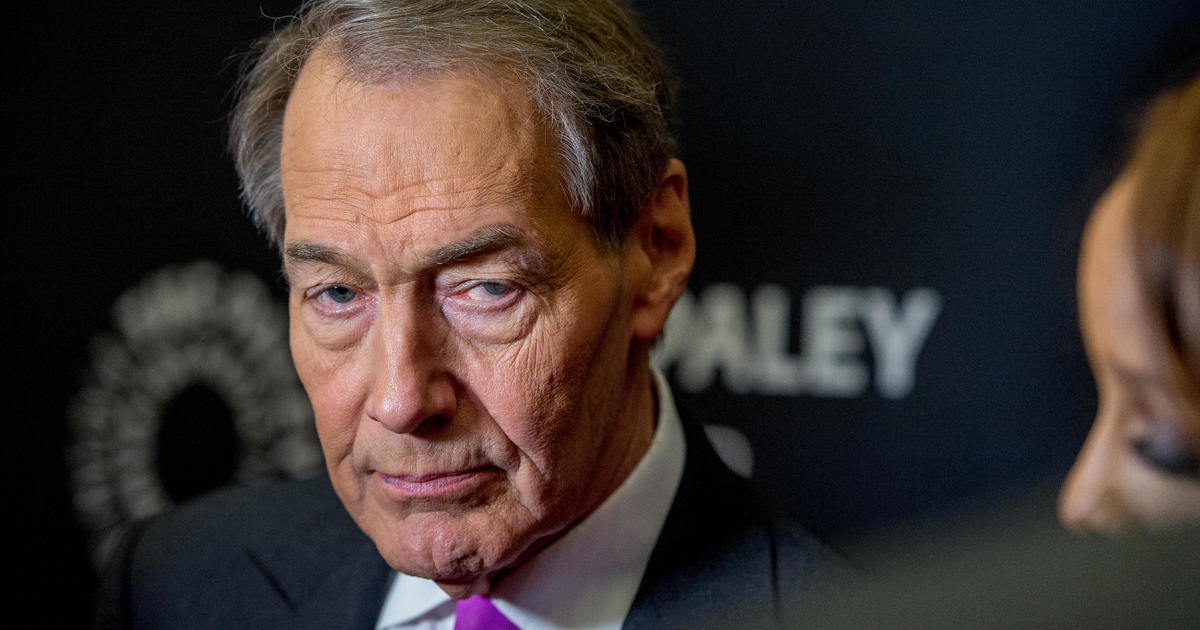President-elect Donald Trump announced Sunday that he’s appointing a “border czar,” former Immigrations and Customs Enforcement director and immigration hardliner Tom Homan, to join his administration. Homan, however, may not be the only such “czar” in the Trump administration.
“I am pleased to announce that the Former ICE Director, and stalwart on Border Control, Tom Homan, will be joining the Trump Administration, in charge of our Nation’s Borders (“The Border Czar”), including, but not limited to, the Southern Border, the Northern Border, all Maritime, and Aviation Security,” Trump wrote on Truth Social.
The term “czar” is shorthand for a high-level executive branch official in charge of a specific policy focus.
The “czar” role is one that allows a president to step over the pesky checks and balances of the three branches of government. “Czar” roles aren’t Senate-confirmed Cabinet positions, like say, the secretary of state or Health and Human Services secretary. That means a president can appoint that person to his administration without the Senate’s input, and quickly.
Trump wants to put his people in place, and quickly, after experiencing in his first term how congressional authority can gum up an administration’s plans. Trump said as much in a social media post on Sunday.
“Sometimes the votes can take two years, or more,” Trump wrote Sunday, saying he wants recess appointments. “This is what they did four years ago, and we cannot let it happen again. We need positions filled IMMEDIATELY!”
Trump would not be the first president to use “czars.” Such czars have been appointed by presidents of both parties. Former President Barack Obama had, in part, an “energy and environment czar,” “Afghanistan czar,” “car czar,” “health czar” and “auto recovery czar.”
His use of these positions was so widespread that in 2009, the Senate Judiciary Committee held a hearing on the history and legality of executive branch czars. The committee noted that some of these policy czars were at one point confirmed by the Senate, while others were in positions outside the White House that reported to a Senate-confirmed officer. But a handful worked in the White House. The use of such “czars” ignited a firestorm of criticism from Republicans, and even some Democrats raised concerns about their authority.
But presidents before Obama had “czars,” too. President Bill Clinton had a “Y2K czar,” and President George W. Bush had an “AIDS czar,” “counterterrorism czar” and “reading czar,” among others. Historians believe the role dates back to Franklin D. Roosevelt, who rapidly expanded the size and role of the federal government.
Trump also had something of a “czar” in his first term. Moncef Slaoui, a former pharmaceutical executive, oversaw Operation Warp Speed, the Trump administration’s initiative to fast track COVID-19 vaccines.
During the Obama administration, Republicans blasted the growth of the administrative state, and decisions made by unelected bureaucrats. And during the Trump administration, Trump supporters bemoaned the so-called “deep state” of unelected career officers.
Vice President Harris was sometimes dubbed a “border czar,” although not by President Biden himself, since the president tasked her with tackling the influx of migrants at the southern border. Harris fought against that label as the Democratic nominee.
The Senate will be controlled by Republicans when Trump takes office. But Trump still may have trouble confirming a few of the most controversial names, like vaccine denier Robert F. Kennedy Jr., to Senate-confirmed Cabinet positions.
Kennedy is on a short list being floated by some Trump allies to serve as the next head of the Department of Health and Human Services, multiple people close to the president-elect’s campaign said. But it’s also possible Kennedy could serve in a less formal role, like a “czar.”
“Czar” comes from the Russian word “tsar,” which is derived from the Latin word “caesar,” according to World History Encyclopedia. Specifically, the term tsar refers to Russia’s rulers for hundreds of years. Ivan IV The Terrible was formally crowned the “tsar of all Russia” in 1547, and the title continued until Russia’s monarchy was overthrown in the Russian Revolution of 1917.
Franklin D. Roosevelt, who greatly expanded the size and scope of the federal government, used “czars.” But even before his time in office, the first use of the phrase “czar” in the U.S. was likely Nicholas Biddle, tapped to be president of the Bank of the United States during Andrew Jackson’s presidency. He was sometimes called “Czar Nicholas,” which overlapped with Russia’s Czar Nicholas I’s reign.
Over time, the term in U.S. came to be used informally for people handpicked by the president for principal positions who don’t undergo Senate vetting, scrutiny or confirmation.
Critics of such roles have argued “czars” run amock of the checks and balances system the forefathers founded. The late Democratic Sen. Robert Byrd criticized both Obama and Bush for creating such roles in their administrations.
“The rapid and easy accumulation of power by White House staff can threaten the Constitutional system of checks and balances,” Byrd wrote in a publicized letter to Obama in 2009. “At the worst, White House staff have taken direction and control of programmatic areas that are the statutory responsibility of Senate-confirmed officials.”
The president can, of course, appoint White House employees. The constitutional issues come into question when the president selects a principal who isn’t Senate-confirmed.
But for a president looking to appoint an ally quickly, a “czar” is logistically much easier to get into office than is a Cabinet secretary.
How effective a “czar” can really be is up for debate — especially since “czars” generally don’t control budgets.
contributed to this report.




